Sailors’ knots have long been used in navigation. But what are they really used for and where does the name come from? This article traces the origins of the sailor’s knot.
What is a “sailor’s knot”?
Sailors have different units of measurement to those used on the road. For distance, they use the nautical mile (1852 metres), and for speed, the knot. While the nautical knot is the unit of measurement used to determine speed in maritime navigation, it is also used in air navigation.
Marine knots have existed since at least Ancient Rome. The Romans were not great navigators, but their mastery of ropes and knots led to significant commercial development. In seamanship, knots were first used to tie ropes.
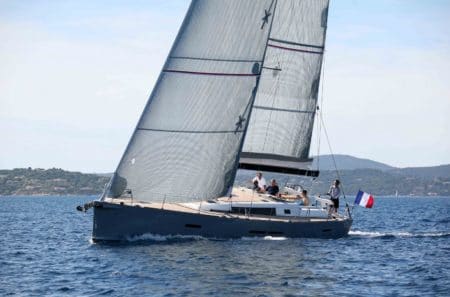
For a boat, a speed equivalent to one nautical knot corresponds to a distance travelled of one nautical mile per hour (or 1.852 m/h). This is a very low speed for a boat.
Here’s a mental calculation method that makes it easy to convert knots into km/h: multiply the number of knots by 2 and subtract 10% from the result (which is the same as multiplying by 1.8).
Who holds the world water speed record?
The water speed record for a non-motorised vehicle has been held since 2012 by the Vestas Sailrocket 2. This futuristic prao managed to break the 65 knots (121.1 km/h) barrier over a 500-metre run.
But the real water speed record still belongs to Australian Ken Warby and his hydroplane (motorised, in fact). On 8 October 1978, the Spirit of Australia reached the insane speed of 511.10 km/h.
Why do we talk about a nautical “knot”?
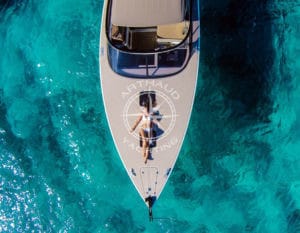
In the old days, long before electronic sensors existed, the speed of a boat was calculated using a triangular wooden board (a log) connected by a rope thrown over the stern of a boat.
In France, this rope was around 150 metres long, with knots every 15.43 metres. The loch line was left to spin for 30 seconds (measured by an hourglass), counting the number of knots to determine the boat’s speed. This is the origin of the expression “a ship spins at 3 knots” (in 30 seconds, 3 knots have spun on the loch line).

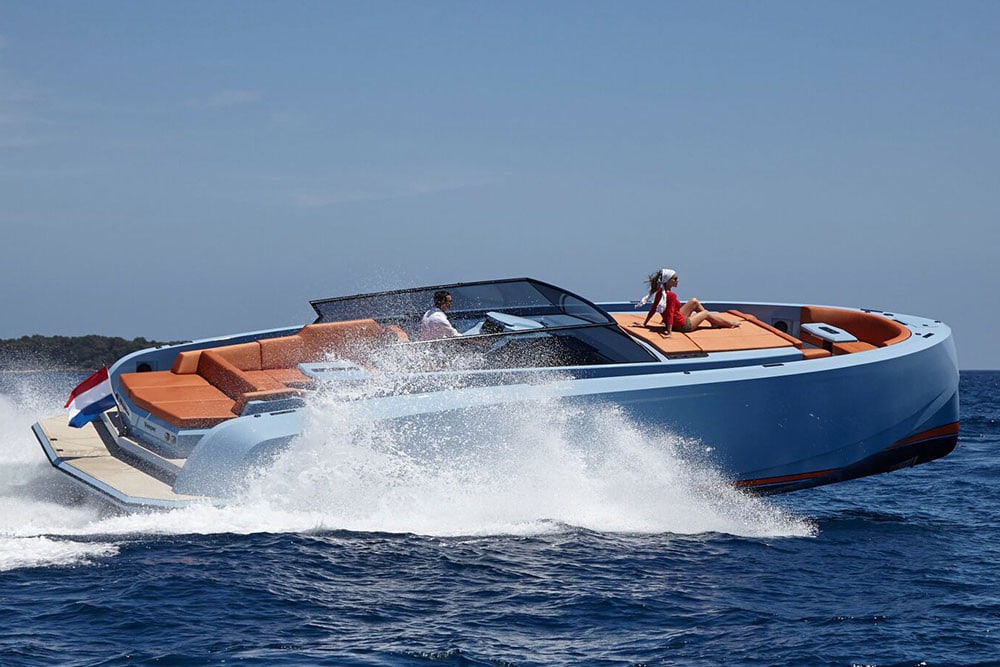
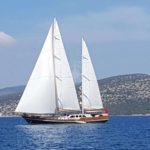

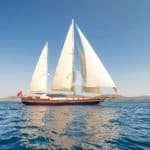


 Thanks to Arthaud Yachting, access our world of luxury yacht charter for a 100% tailor-made cruise in the French Riviera region or even in the four corners of the world in destinations such as
Thanks to Arthaud Yachting, access our world of luxury yacht charter for a 100% tailor-made cruise in the French Riviera region or even in the four corners of the world in destinations such as 


Leave A Comment